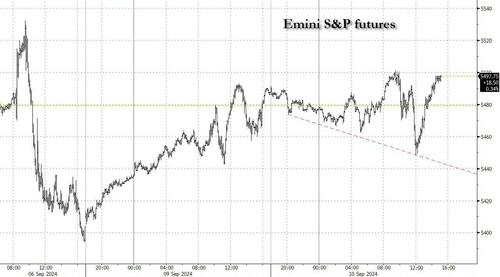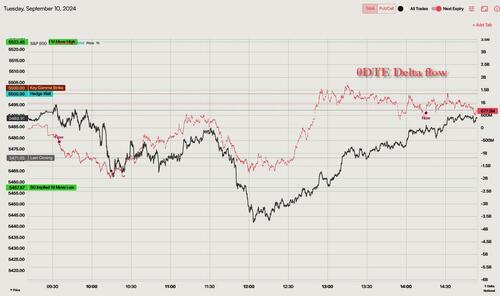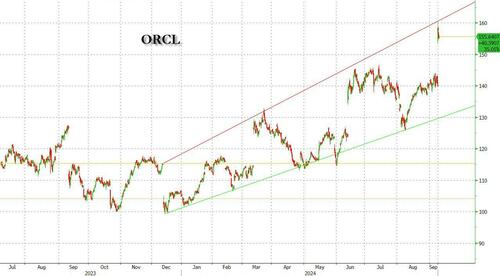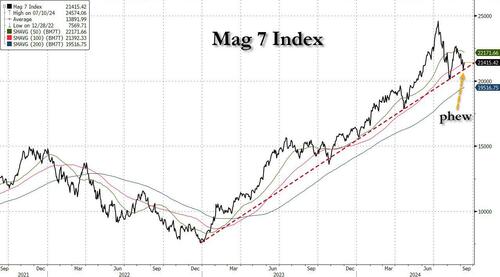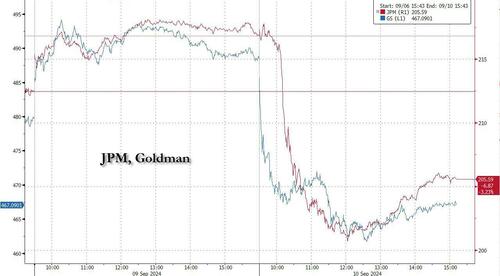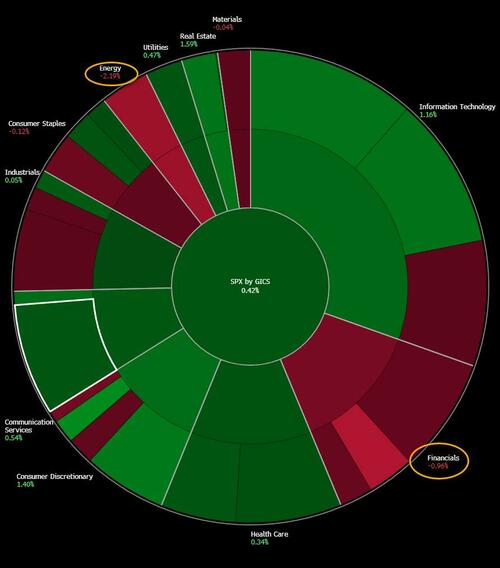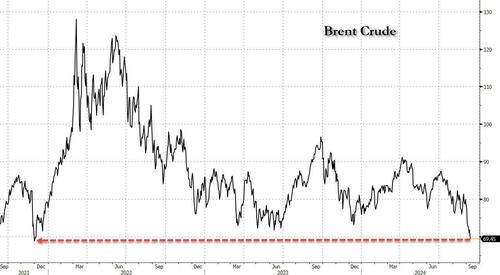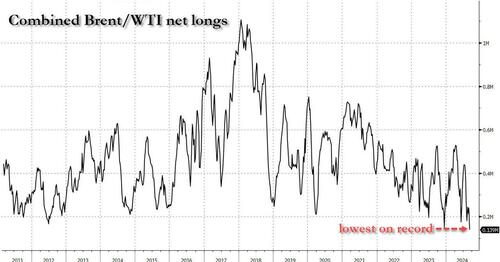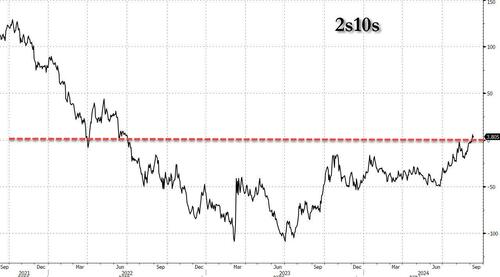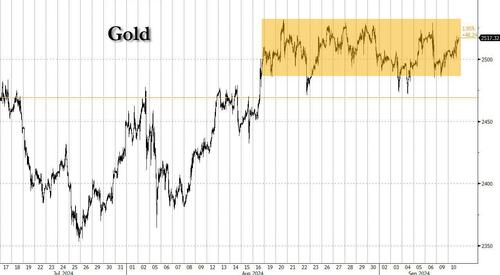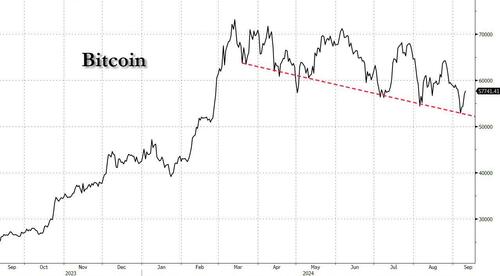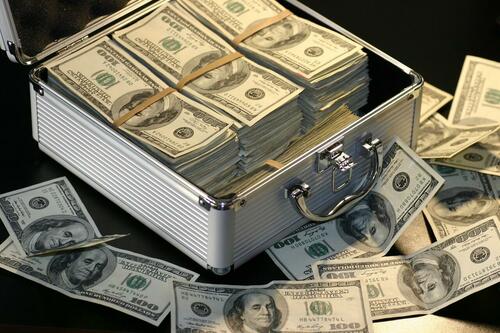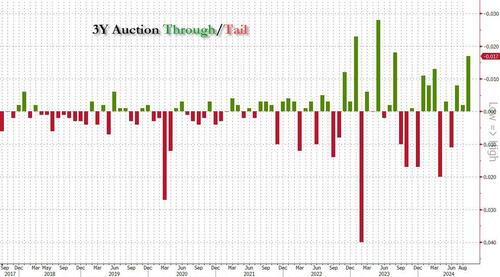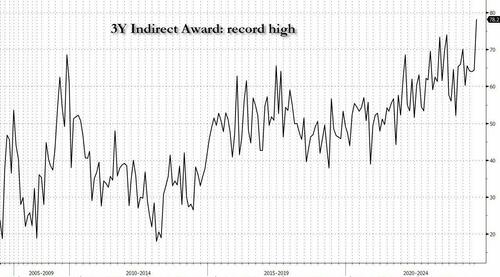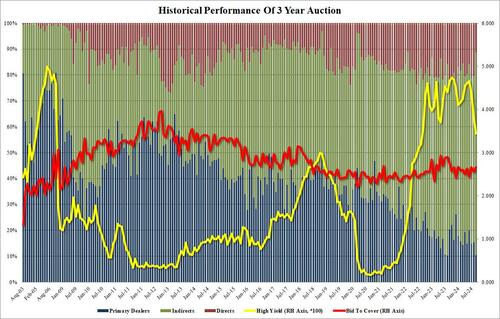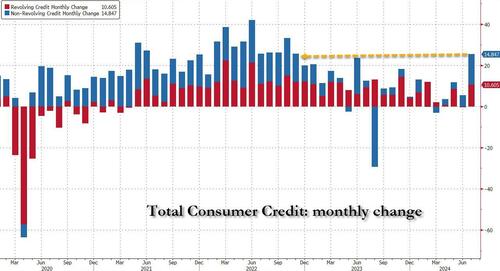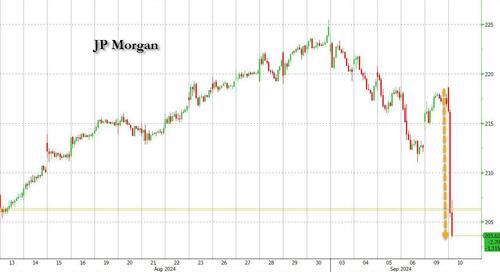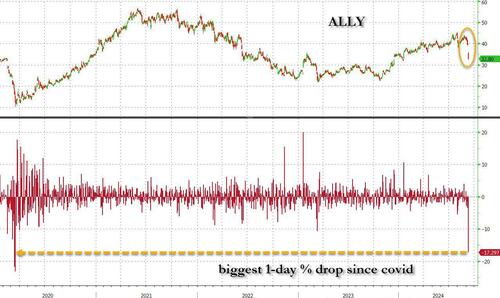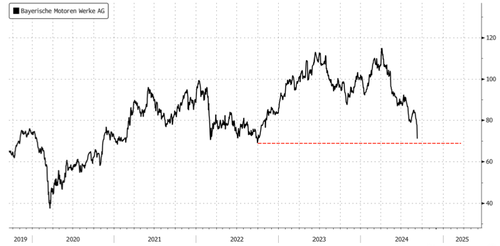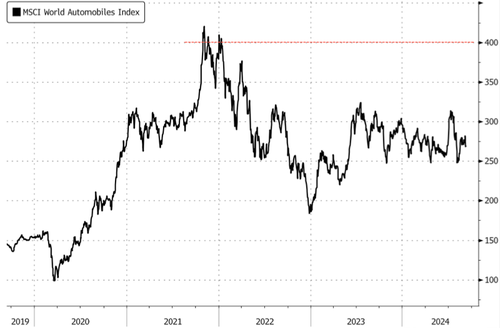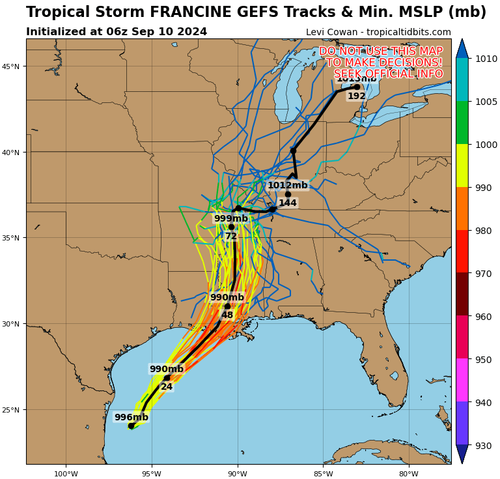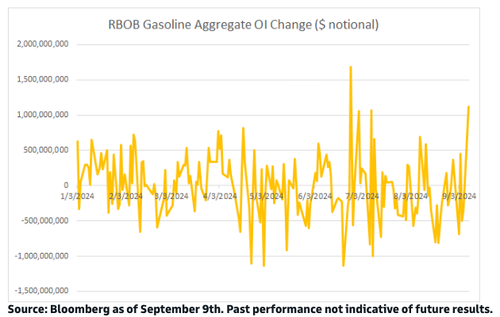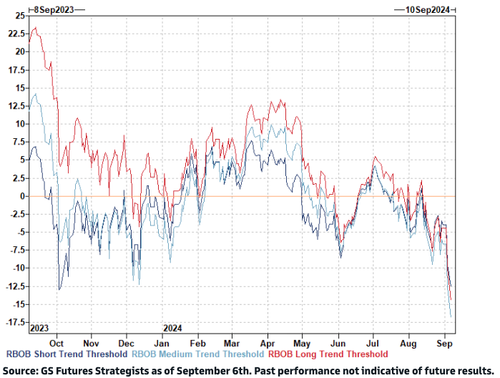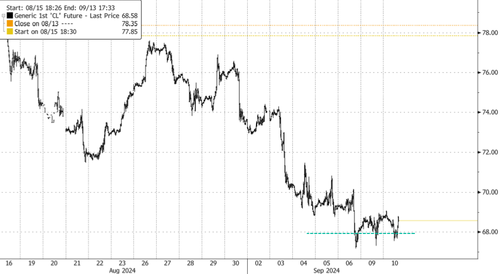Authored by James Ricjards via DailyReckoning.com,
Few events will affect investors more than the U.S. presidential election. The playing out of the campaign between now and Nov. 5 will obviously have an impact on markets as one side surges and the other side falters and vice versa.

But the impact won’t last for two months. It’ll last for four years and beyond because the two candidates — Trump and Harris — offer radically different policies.
It’s easy to get caught up in the daily rituals of name-calling, competing policy positions, endorsements, money and the rest of the campaign process. That matters, but not as much as getting to the core of what’s going on and who will actually win.
For that we need a larger frame that steps back from the headlines and looks at the critical campaign dynamics.
The campaign is a race between what we call the Kamala Narrative and the Kamala Reality. Since Joe Biden dropped out of the race on July 21 in what can only be described as a coup d’etat and quickly endorsed Kamala Harris for the nomination, we have been bathed in a media and political tsunami of pro-Kamala propaganda.
The Kamala Propaganda
It’s as if Kamala hadn’t been vice president for the past 3½ years and we’re suddenly being introduced to her for the first time as someone with new ideas and no responsibility for the disastrous administration of which she has been a part.
Not only are we expected to believe there’s a new Kamala on the scene, but this race will also play out much faster than the election calendar would indicate. Only about 35% of Americans vote on Election Day. The other 65% vote at various times beginning this week and lasting until Election Day. Most of the votes will be cast with drop-off ballots (gathered in a process called ballot harvesting and dumped into drop boxes with no accountability). In effect, the election will be over by mid-October.
Since the Kamala “honeymoon” lasted from July 21 through Aug. 22 (the official end of the Democratic National Convention) and since the election will be over by, say, Oct. 15, it means the real election season is only about 41 days between now and then.
Based on the Harris hagiography and the compressed calendar, the Democrats’ strategy becomes clear. The goal is to maintain the Kamala Narrative until mid-October before the Kamala Reality has time to catch up.
Can they do it? Possibly yes. And that should give all investors deep cause for concern. Let’s look at the narrative and the reality and then assess the Trump campaign’s ability to pop Kamala’s bubble before it’s too late.
The narrative is that Harris is “young,” “energetic,” “joyful” and represents the passing of the torch to a new generation of Democrats. The polls show a narrowing race, the media is almost uniformly in thrall and Harris supposedly will bring Blacks, younger people and independent women home to the Democratic ticket. Harris has put the swing states back in play and has several paths to victory.
The New Kid in Town?
Harris is also the “new” candidate. The media portray her as having nothing to do with the Afghanistan humiliation (although she claimed to be the “last person in the room” when the decisions were made) and the border collapse (although she was universally acknowledged as the “border czar”).
Forget all of her failures. In fact, don’t even talk about them. She’s the new kid on the block with a lot to offer and the avatar of a brighter future ahead.
The reality could not be more different. In reality, Harris is a radical progressive who will easily be manipulated by the Obama wing of the party with Susan Rice and Eric Holder filling in the policy blanks.
She’s a failed border czar who allowed 10 million illegal immigrants (many with criminal records, diseases and terrorist connections) to cross the border with no accountability, screening or tracking. She has no other foreign policy experience except for showing up at photo ops at some summit conferences.
The few policies that have been articulated by Harris include corporate tax increases, price controls and continued support for the Green New Scam. Price controls always cause shortages, higher prices and black-market sales.
The Green New Scam will keep energy prices for everyday Americans higher than needed. Corporate tax increases will hurt stock valuations. These Harris policies will slow the economy and hurt stock prices.
Harris cannot hold a press conference or speak extemporaneously except in the most juvenile way that ends up with nonsensical repetition. Kamala’s VP choice Tim Walz is even worse. He’s a hard-shell radical with close ties to Communist China. Even his own family dislikes him and endorses Trump.

All the Democrats really have to offer is more abortions, more war in Ukraine and relentless Trump bashing.
The Trump Dilemma
The election boils down to whether the Trump campaign can make the reality clear and pop the narrative bubble in the next seven weeks. The issue for the Harris campaign is whether she can sustain the narrative and run out the clock before reality intrudes.
On the one hand, Trump should stick to his issues (immigration, inflation, energy production, lower taxes and less regulation). Still, how does he do that in the face of a media blackout and Democrat lies about their real positions (such as Kamala’s claims she will stop inflation and control the border, etc.)? How does Trump pop the Harris narrative without name-calling and anger?
The endorsement of Trump by Robert F. Kennedy Jr. will help in some key swing states. The RFK bump may only be about two percentage points, but that’s a huge help in races where the polls show Trump and Harris within one percentage point of each other.
Trump also has a huge advertising budget, and his VP selection of J.D. Vance is a boost. Vance is even younger than Harris and helps to offset Harris’ presumed edge with younger voters. Vance’s continual availability to the press makes a stark contrast with Harris’ new basement strategy.
The best approach for Trump may be ridicule. It’s extremely powerful and works better than name-calling. Making Harris out to be a ridiculous figure with no policy success, no substance and not very bright may be the most effective technique for popping the narrative bubble.
It has the added advantage of actually being true.
The Dems’ Doomsday Plan
If Trump can win the election with 270 or more Electoral College votes, the fight won’t be over. The Democrats have another lawfare trick up their sleeves.
Even if Trump wins more than 270 Electoral College votes, Democrats could retake the House of Representatives. On Jan. 6, 2025, the new Democrat-controlled House could pass a resolution that Trump is an “insurrectionist” and disqualify his electoral votes under Section 3 of the 14th Amendment.
Kamala would not have 270 electoral votes needed to win. This would throw the election of the president to the House of Representatives voting as state delegations, not as individuals. Under the XII Amendment (1804), only Kamala Harris could receive votes for president assuming Trump was disqualified and no other candidate won any electors at all.
J.D. Vance would suffer no insurrectionist disqualification. So the result could be Kamala Harris as president and J.D. Vance as vice president (similar to Jefferson and Burr in 1801).
Another possibility is that the Republican-controlled state delegations in the House could boycott the presidential vote in which case a quorum would be lacking. In that case, the vice president (J.D. Vance) “shall act as president” under the XII Amendment. This is not a far-fetched scenario. Democrats led by Jamie Raskin have already set the wheels in motion.
Trump has 41 days to flip the narrative on Kamala Harris. If he does, the Democrats have a doomsday plan they will unveil on Jan. 6, 2025, to disqualify Trump.
Put on your crash helmets. The election is far from over and far from certain.

